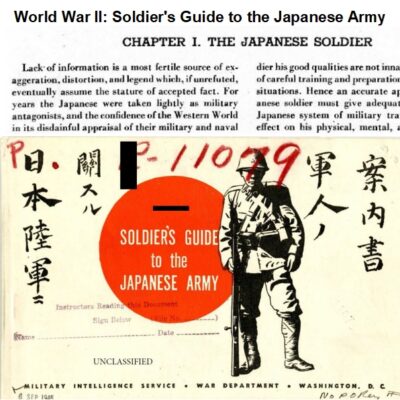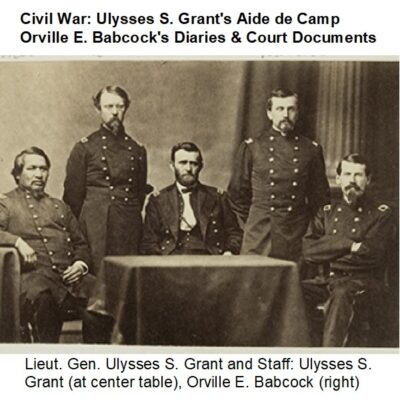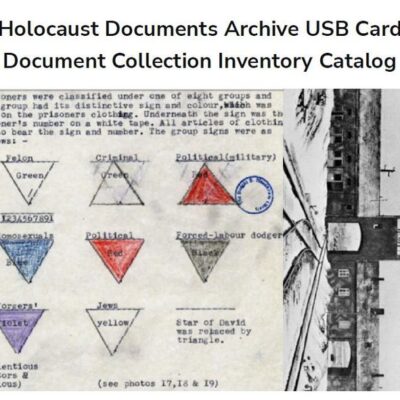
Description
Vietnam War: A CIA Chronology (1940-1973)
This timeline focuses on the key events mentioned in the “Vietnam War: CIA History Staff Chronology of the Conflict 1940-1973 (1974)” excerpt.
1940
- May and afterward: Soon after the fall of France in May, the pro-Gaullist Governor General of Indochina escaped. French administration in Indochina came under the control of the Petain/Laval regime. In reality, the Japanese took over the area but left pro-Vichy French in nominal charge.
1963
- October 4: Director of Central Intelligence (DCI) John A. McCone recalls the CIA Chief of Station in Saigon, John H. Richardson. This event highlights a rift in the U.S. Administration over Vietnam policy.
1973
- January 22: U.S. troop strength in South Vietnam (SVN) is 22,000.
- January 27: Secretary of State Rogers joins Foreign Ministers of South Vietnam (SVN), North Vietnam (NVN), and the Provisional Revolutionary Government (PRG) in signing the Cease-Fire Agreement in Paris.
Cast of Characters
- John A. McCone: The Director of Central Intelligence (DCI) on October 4, 1963. He was responsible for recalling the CIA Chief of Station in Saigon, John H. Richardson, an action that highlighted internal disagreements within the U.S. administration regarding Vietnam policy.
- John H. Richardson: The CIA Chief of Station in Saigon who was recalled by DCI John A. McCone on October 4, 1963. His recall signified a significant policy rift within the U.S. government concerning Vietnam.
- Secretary of State Rogers: The U.S. Secretary of State in January 1973. He was a signatory to the Cease-Fire Agreement in Paris on January 27, 1973, alongside the Foreign Ministers of South Vietnam, North Vietnam, and the Provisional Revolutionary Government.
- Foreign Ministers of South Vietnam (SVN): Representative(s) of the South Vietnamese government who participated in and signed the Cease-Fire Agreement in Paris on January 27, 1973.
- Foreign Ministers of North Vietnam (NVN): Representative(s) of the North Vietnamese government who participated in and signed the Cease-Fire Agreement in Paris on January 27, 1973.
- Foreign Ministers of the Provisional Revolutionary Government (PRG): Representative(s) of the Provisional Revolutionary Government (likely referring to the political arm of the National Liberation Front/Viet Cong) who participated in and signed the Cease-Fire Agreement in Paris on January 27, 1973.
- Pro-Gaullist Governor General of Indochina: An unnamed French official who escaped Indochina after France fell in May 1940.
- Petain/Laval regime: The pro-Vichy French government that gained control over the French administration in Indochina after the fall of France in May 1940.
- Japanese: The imperial power that effectively took over Indochina in 1940, although they left the pro-Vichy French in nominal charge.
Vietnam War: CIA History Staff Chronology of the Conflict 1940-1973 (1974)
This 142-page chronology of events in the Vietnam Conflict, “Vietnam: A Draft Chronology, 1940 -1973,” published in September 1974,” was not declassified and released by the CIA to the public until May 2021.
The events are divided on each page into four columns marked United States, Non-Communist Vietnam, Communist Vietnam and Others.
The first event listed is dated 1940 and under the column “others” list:
“May and afterward: Soon after France fell in May, pro-Gaullist Gov. Gen. of Indochina-escaped, and French administration came under control of Petain/ Laval regime. In reality, Japanese took over the area in 1940, but left pro-Vichy French in nominal charge.”
The first mention of the CIA comes from an October 4, 1963, entry under the United States column that reads:
“4 Oct: DCI John A. McCone recalls CIA Chief of Station in Saigon, Mr. John H. Richardson, highlighting rift in Administration over Vietnam policy.”
The last two entries are
United States
1973
22 Jan: US troop strength in SVN 22,000.
27 Jan: Secretary of State Rogers joins Foreign Ministers of SVN, NVN, and PRG in signing Cease-Fire Agreement in Paris.
Related products
-


World War II: A Soldier’s Handbook on the Japanese Army
$3.94 Add to Cart -


Operation POPEYE in the Vietnam War
$5.94 Add to Cart -

Civil War Ulysses S. Grant’s Aide de Camp Orville E. Babcock’s Diaries & Court Documents
$3.94 Add to Cart -

Holocaust Document Archive PDF file – Inventory Catalog of Document Collection
$3.94 Add to Cart